The method of waste disposal in ancient cities was very crude as it was thrown on streets or on the open pits outside the cities. Along with time, efforts were made to throw the waste away from cities because they cause solid waste pollution. Solid wastes are hazard as it adversely affects both biotic as well as abiotic components of the environment. Until recently, solid wastes are disposed outside the city or village limit where they are burnt or compacted.
Modern methods of disposal such as incineration and development of sanitary landfills etc are used to solve the problem. Dumping and burning waste is not acceptable practice from environment and health perspective. The disposal of solid waste should be a part of an integrated waste management plan. This paper will throw some light on the causes and effects of solid waste pollution. It will also state some measures of how can solid waste pollution can be reduced or controlled.
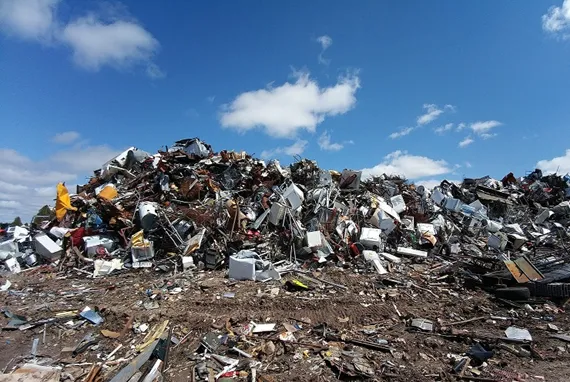
Causes of Solid Waste Pollution Solid wastes are categorized as municipal waste, industrial waste, and hazardous wastes. Municipal waste arises from domestic activities of human beings. Industrial waste arises from industrial activities and hazardous wastes are the substances which causes hazard to plants, animals and human beings. Few of the common hazardous waste is radioactive substances, chemicals, biological wastes, flammable wastes and explosives
The use of metallurgical slag as fine and coarse aggregates for heavy concrete isstudied and implemented in industrial production in many countries. In the buildingmaterials industry is the most promising way of reducing the energy intensity of pro-duction is to replace Portland cement chemically bonded to binders alkaline activation
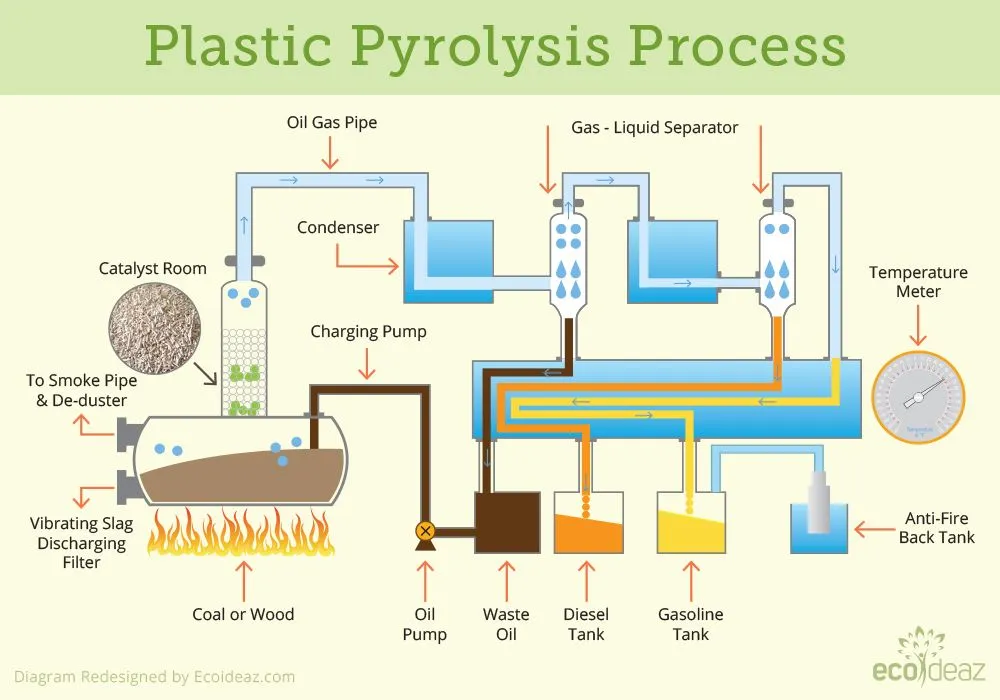
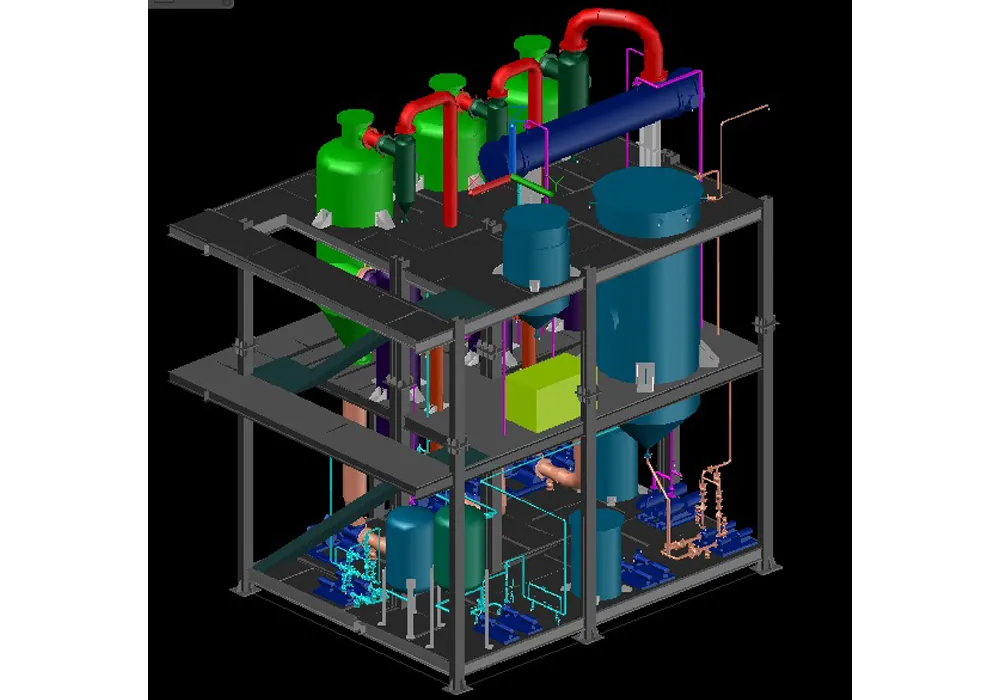
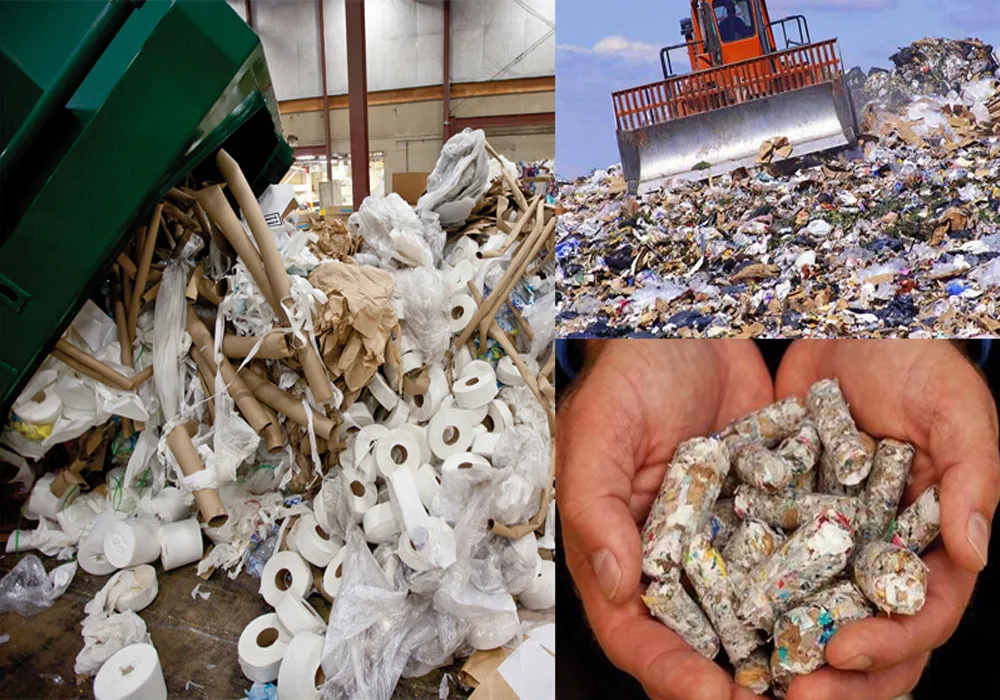
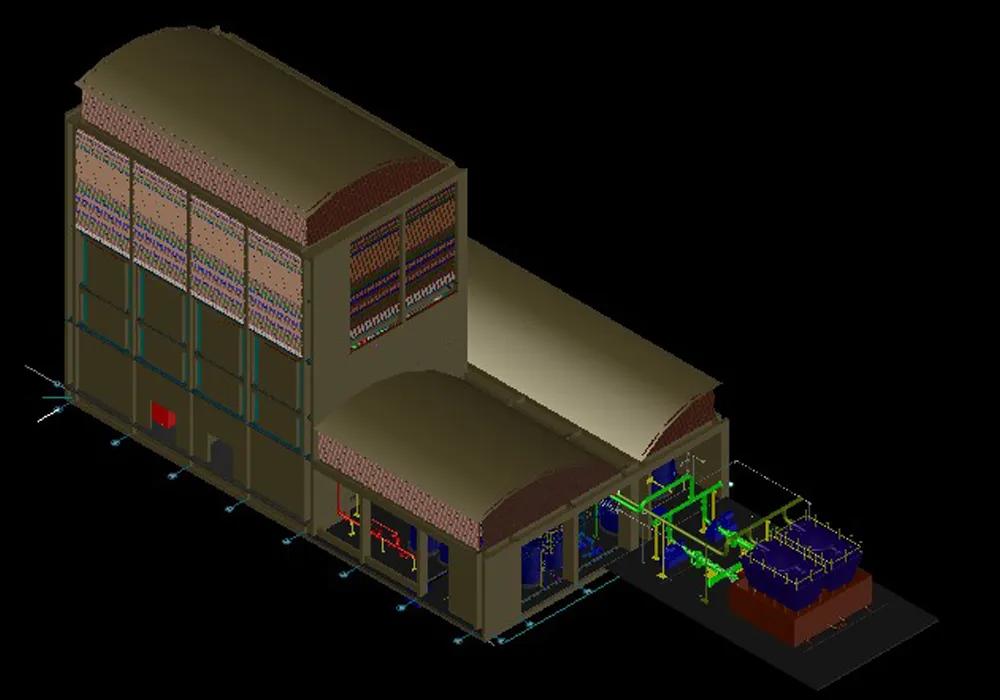
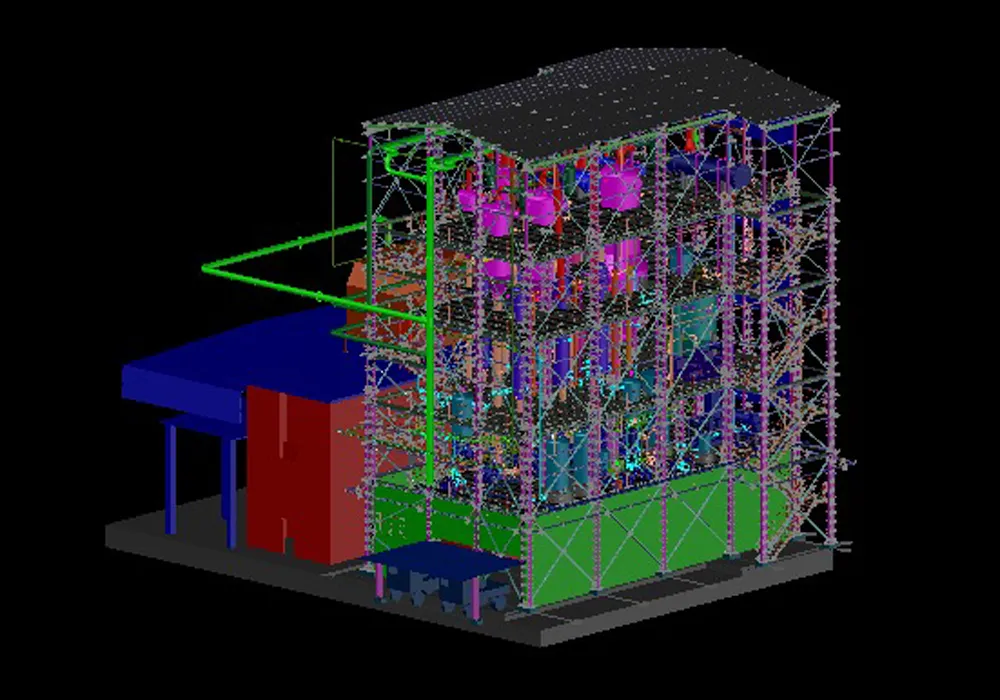
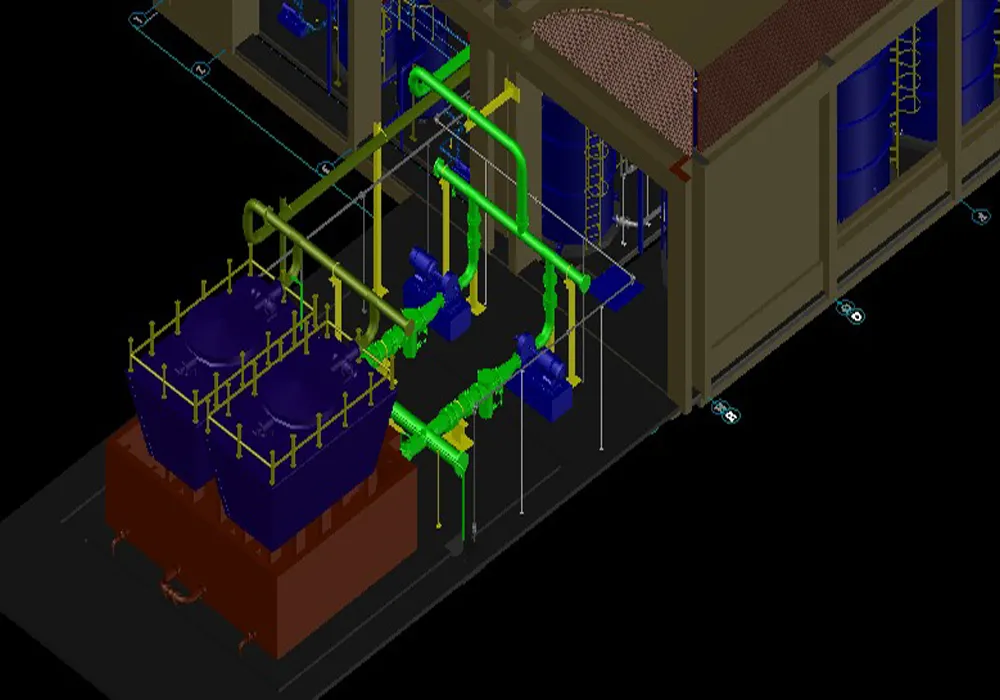
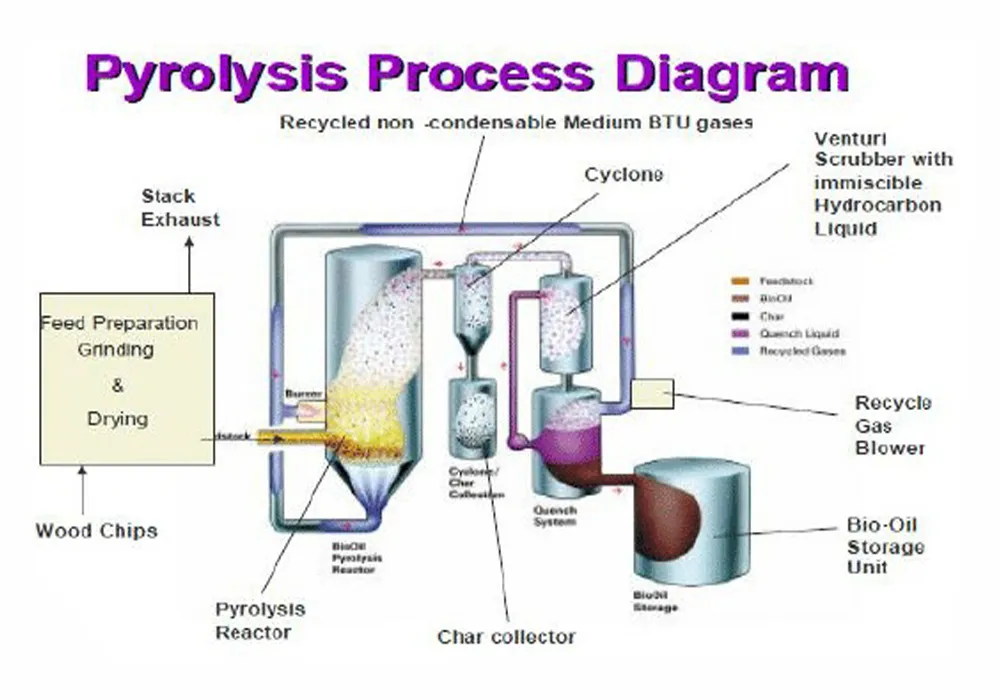
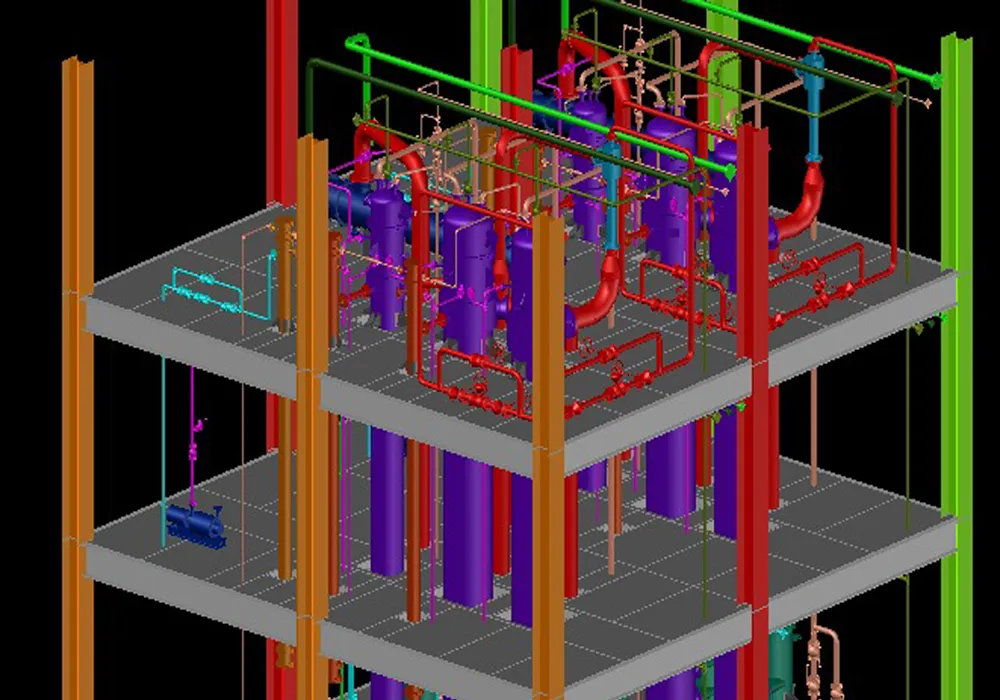
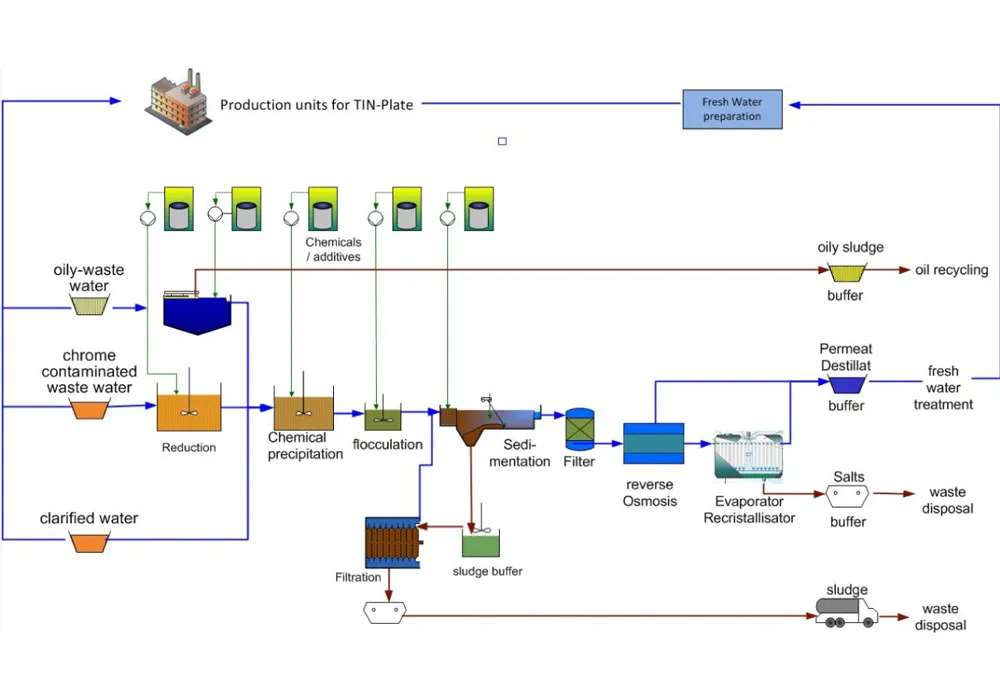
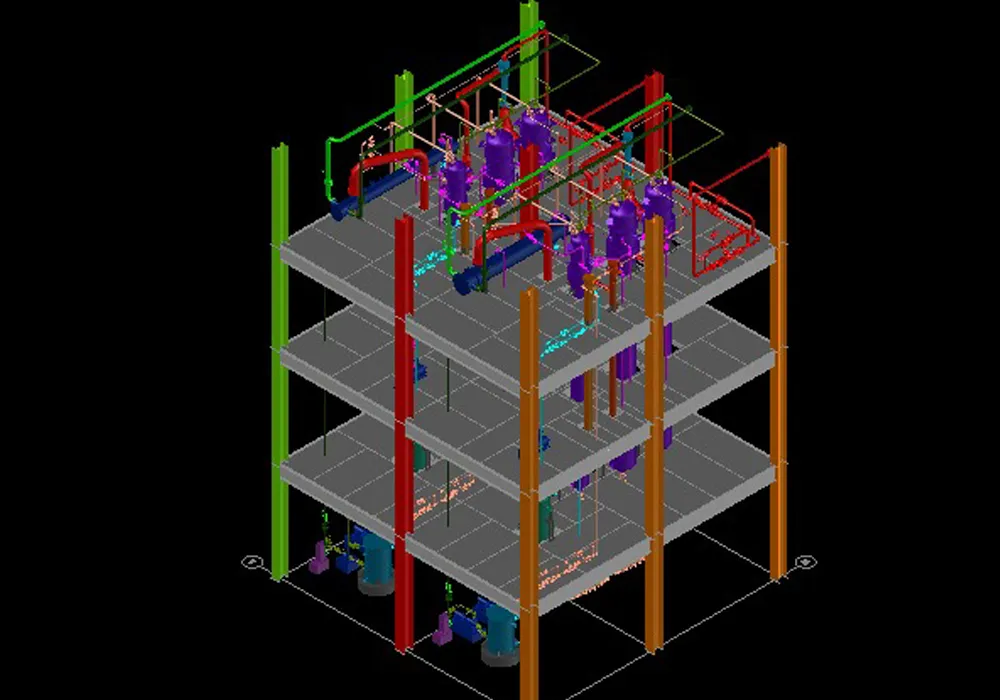
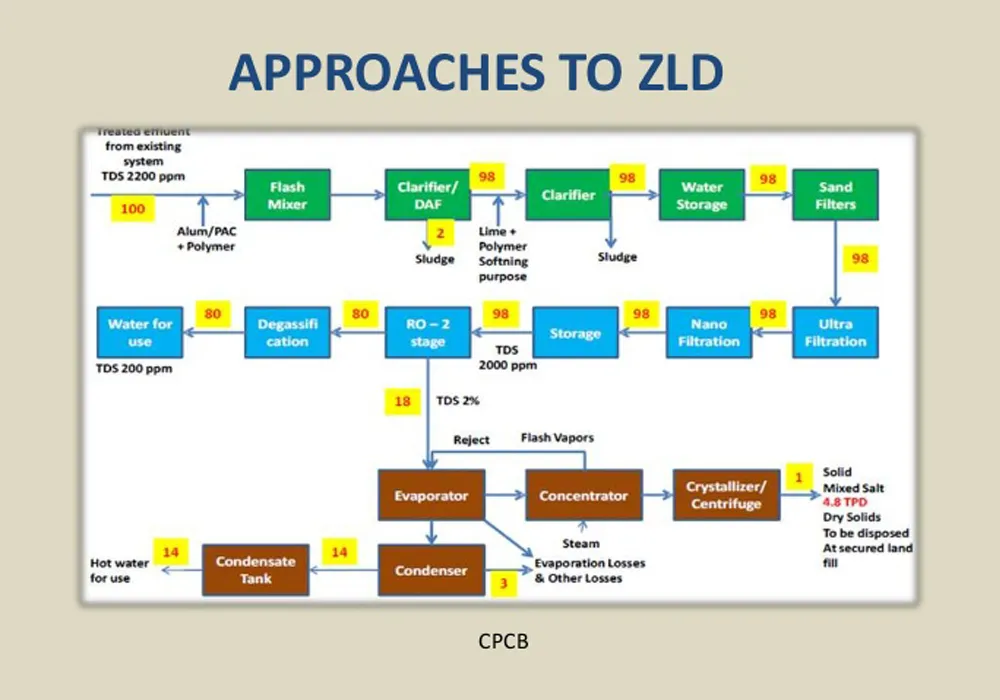
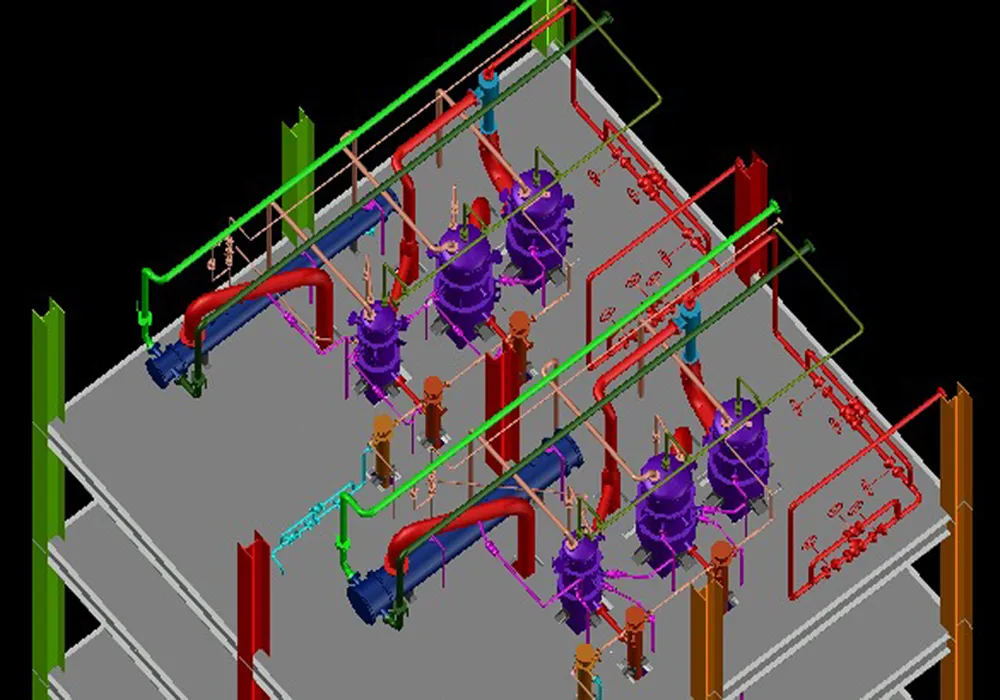
Slag cement is the hydraulic binder of high strength, consisting of fine ground slagwith a predominance in the composition of CaO, SiO2, Al2O3(the total content of upto 95%) and alkaline activator curing (baking soda, liquid glass, etc)
The construction materials industry has a significant impact on the environment, whichis defined by enormous volumes of production of materials for construction and signif-icant energy costs. For example, in the production of Portland cement consumes up to5% of world energy production.